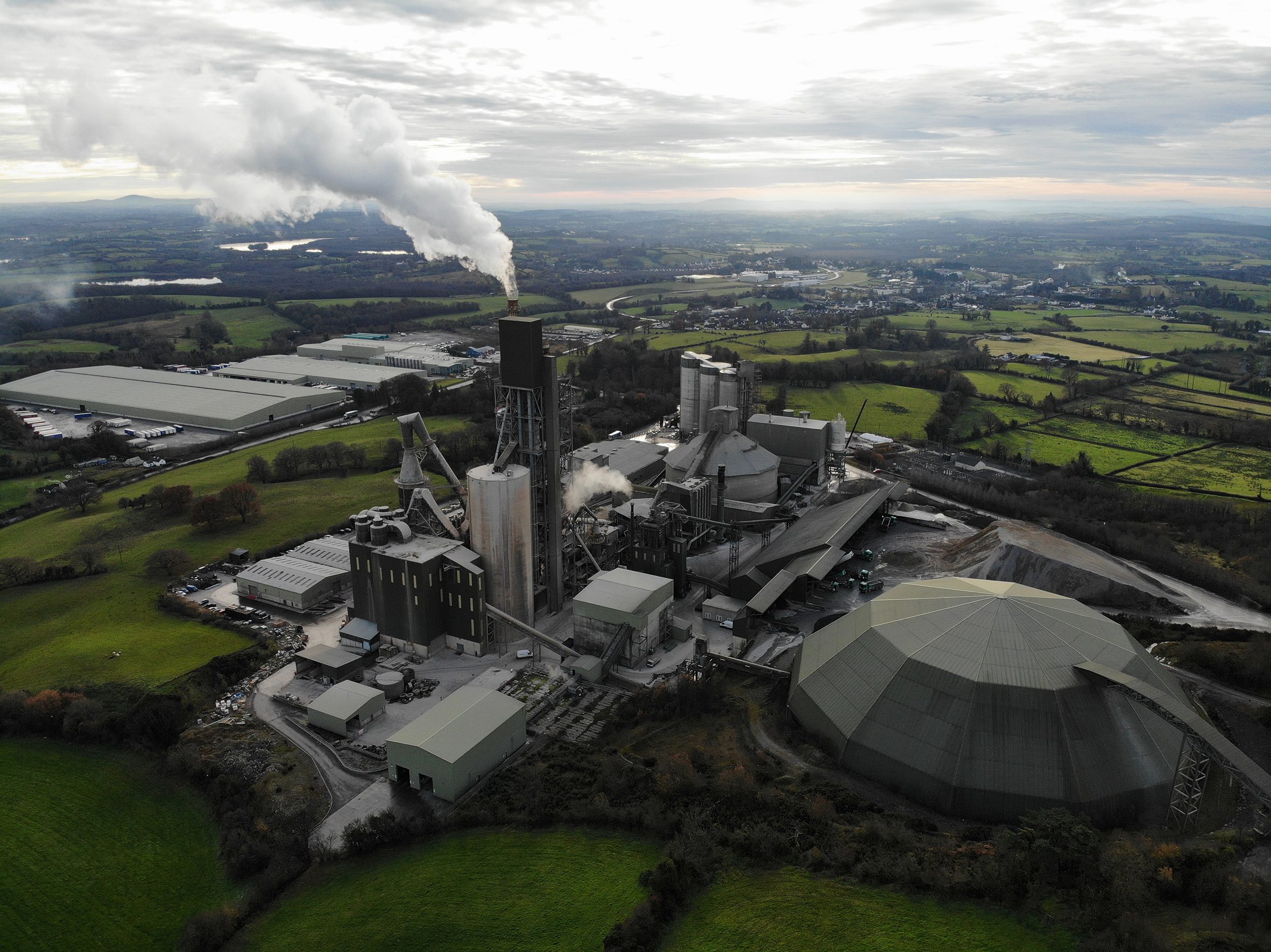
CCUS needs new business models; state subsidies alone may not create needed growth, says says McKinsey & Company report
Carbon capture, utilization, and storage (CCUS) technologies are being adopted too slowly to achieve even the IPCC’s 2.0° upper limit for global warming, according to a new McKinsey study.
McKinsey’s new research paper, Scaling the CCUS industry to achieve net-zero emissions, released on 31 October, appears to find that CCUS has the potential to decarbonize 45% of remaining emissions from carbon-intensive industries ranging from cement to steel production. But CCUS adoption needs to grow 120 times by 2050 for the world to meet its existing net-zero commitments, at a cost of $130 billion per year – more than governments are willing or able to afford alone.
Scaling CCUS at the pace required will call for coordinated action by governments, investors, and industry players. New revenue streams may need to be developed, including new uses for CO2 as an industrial feedstock, and targeting consumer segments willing to pay for premium-priced green products. The industry may need to reduce the cost of CCUS through small-scale pilots, while collaborating to form cross-sector clusters to share large infrastructure like pipeline networks. Meanwhile, governments may need to define the role of CCUS in their industrial strategies and create the regulatory, tax and reporting frameworks that will allow the industry to scale, while still using subsidies for early projects to stimulate future growth.
Luciano Di Fiori, Partner at McKinsey, said: “CCUS is critical to delivering the world’s net-zero commitments and will need to play a material role in low-carbon hydrogen and decarbonizing tens of thousands of carbon-intensive industrial facilities worldwide. Close collaboration between the public and private sectors will be needed to scale and mobilize the industry. While governments need to create the right tax and legislative frameworks to incentivize and de-risk private investment in CCUS, the industry itself must develop innovative new business models and new sources of revenue, rather than relying on limited state subsidies.
“CCUS is still seen by many as a waste-disposal service for CO2. But it could be a potential feedstock for everything from cement and building aggregates to polyurethane foams and plastics. The industry could also target high-end consumer segments willing to pay more for sustainable products or use CCUS to help companies obtain lucrative negative-emissions credits for sale in voluntary carbon markets.”
Krysta Biniek, Senior Expert at McKinsey said: “For decades, the widespread adoption of CCUS has been predicted to be just around the corner, but so far it has failed to materialize. Today, however, global decarbonization targets and growing demand for green consumer products makes rapid scaling of CCUS not only possible, but necessary.
“CCUS has the potential to decarbonize a significant share of the 25,000 carbon-emitting industrial facilities worldwide, but this will require major capital investment across many projects on a global scale.”






